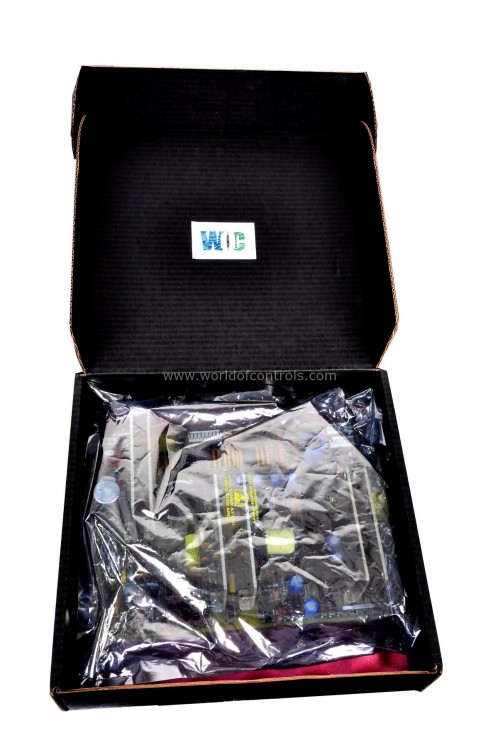
World Of Controls understands the criticality of your requirement and works towards reducing the lead time as much as possible.
DS200SNPAH1ABB - Protocol Interface Daughterboard is available in stock which ships the same day.
DS200SNPAH1ABB - Protocol Interface Daughterboard comes in UNUSED as well as REBUILT condition.
To avail our best deals for DS200SNPAH1ABB - Protocol Interface Daughterboard, contact us and we will get back to you within 24 hours.
Part No.: DS200SNPAH1ABB
Manufacturer: General Electric
Country of Manufacture: United States of America (USA)
Size: 8.26 cm high x 4.19 cm wide x 12.1 cm deep
Technology: Surface-mount
Temperature Operating: -30 to 65oC
Product Type: Protocol Interface Daughterboard
Availability: In Stock
Series: Drive Control
DS200SNPAH1ABB is a Protocol Interface Daughterboard developed by GE. It is a part of Drive Control control system. The Serial Network Protocol Adapter (SNPA) serves as a vital link facilitating communication between the DSPC board and the Series 90-30 Programmable Logic Controller (PLC). It supports two types of serial communication interfaces: RS-232C and isolated RS-485. These interfaces enable seamless data exchange and control commands transmission between the DSPC board and the Series 90-30 PLC.
The WOC team is always available to help you with your Drive Control requirements. For more information, please contact WOC.
What is DS200SNPAH1ABB?
It is a Protocol Interface Daughterboard developed by GE under the Drive Control series.
What is the function of the board?
It facilitates serial communication between the DSPC board and the Series 90-30 PLC. It supports RS-232C and isolated RS-485 communication channels, enabling data exchange between the two components.
What communication protocol does the Series 90-30 PLC utilize?
The Series 90-30 PLC operates using the SNP for its communication bus.
Is the board compatible with LCIs featuring Innovation Series Controllers?
No, the board is not used in LCIs equipped with Innovation Series Controllers. These controllers utilize different communication mechanisms that do not require the board.